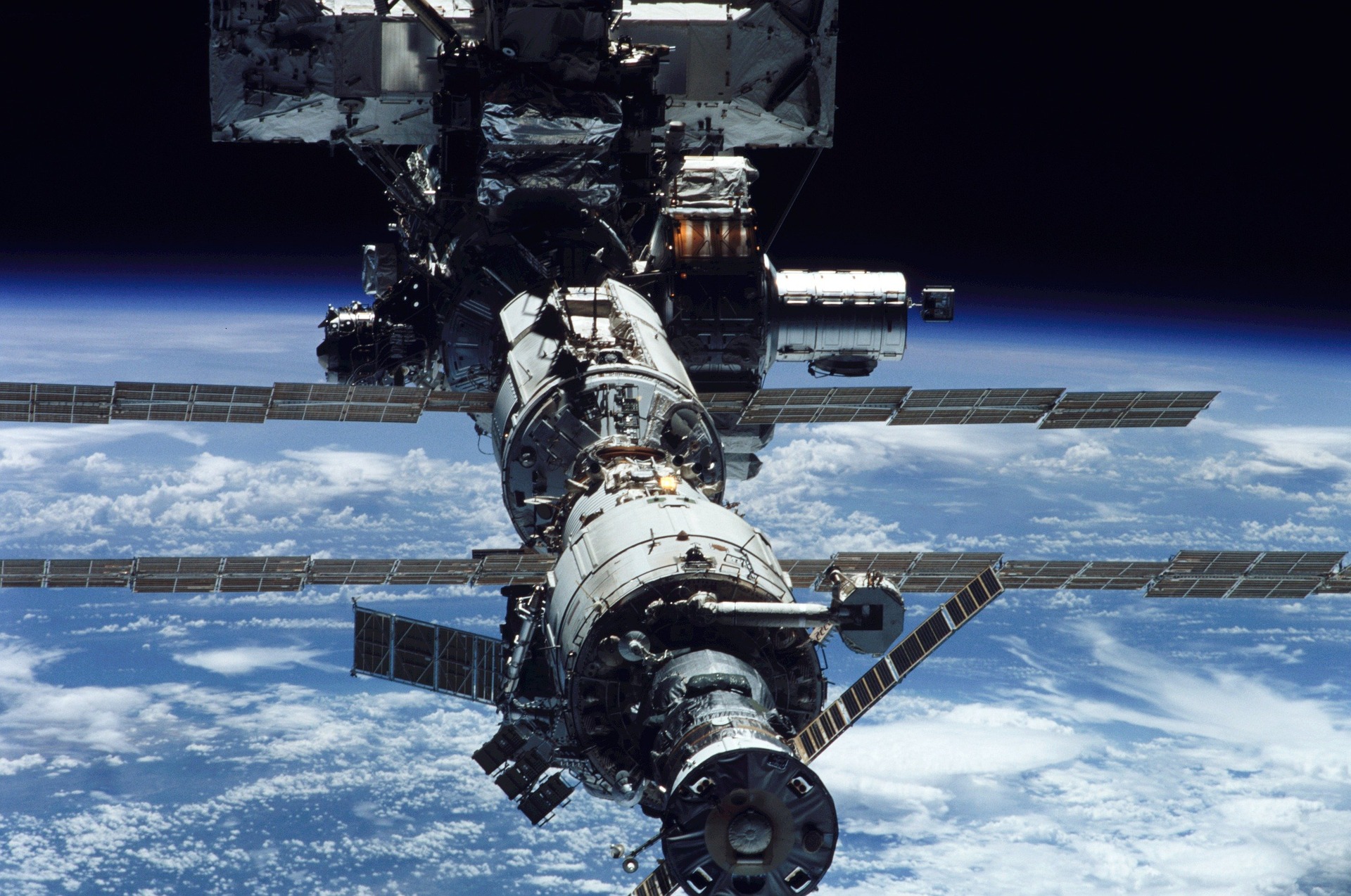international space station predecessor ! The International Space Station (ISS) has been a revolutionary milestone for space exploration, however it was not the first space station in orbit. The predecessor of the ISS was the Russian space station MIR. MIR was a modular space station that operated in low Earth orbit from 1986 to 2001, and was the first international space station predecessor. In this blog post, we will explore the history and impact of MIR and its role as the forerunner of the International Space Station.
What was the MIR?
The MIR was the international space station predecessor and was the first ever long-term habitable space station in Earth’s orbit. It was launched into space by the former Soviet Union in 1986 and remained operational for fifteen years, until its deorbit in 2001. The MIR was a milestone for humankind, as it was the first time humans had lived and worked in space for an extended period of time. During its time in orbit, the MIR conducted experiments and housed astronauts from multiple countries. The MIR even made history by hosting the first ever space-based wedding! All in all, the MIR was an incredible engineering feat that helped pave the way for the international space station that would follow.
How was the MIR different from the ISS?
The MIR (short for Mirnyi) was the international space station predecessor, launched in 1986 and decommissioned in 2001. It was the first modular space station, paving the way for future endeavors such as the International Space Station. Though the MIR was revolutionary in its time, there are many ways in which it differs from the ISS.
The most obvious difference between the two is size. The MIR was a mere 20.1 tons compared to the ISS’s mass of 420 tons. This is largely due to the fact that the ISS was built and maintained over a span of more than 10 years, whereas the MIR was only designed to remain in orbit for 5. Additionally, the number of crew members aboard the MIR at any given time was limited to three, whereas the ISS can accommodate up to six astronauts.
The ISS also has more sophisticated technology than its predecessor. For example, the ISS contains a variety of sensors that monitor its own health and condition, something which was not present on the MIR. Furthermore, the ISS uses advanced onboard computers that allow for more complex experiments to be conducted. The MIR, on the other hand, relied primarily on analogue technology for its operations.
Know about Artificial Intelligence
The legacy left by the MIR is undeniable. It proved that humans could work and live in space and provided valuable insights into how living in such an environment could be sustained over extended periods of time. It laid the groundwork for the ISS and serves as a reminder of just how far human space exploration has come.
What happened to the MIR?
The MIR, or the international space station predecessor, was de-orbited in a controlled re-entry over the South Pacific Ocean on March 23, 2001. This marked the end of its fifteen-year tenure as the first permanently inhabited space station. The MIR’s mission had originally been planned to last only five years, but it was extended several times due to its immense success and popularity.
Prior to its final de-orbit, a number of Russian cosmonauts and other astronauts from around the world had visited the MIR and conducted hundreds of scientific experiments. On its final mission, the MIR crew conducted a series of re-boosts to move the station into a lower orbit before undocking and conducting a fly-around inspection of the station. After a brief mission on board a cargo spacecraft that carried supplies to the station, the crew used the Soyuz TM-31 spacecraft to undock from the MIR and return to Earth.
The successful de-orbit of the MIR brought to an end its impressive run as the first international space station predecessor, ushering in a new era of orbital exploration with the launch of the ISS. Although its lifespan was relatively short compared to that of its successor, the MIR left an indelible mark on space exploration by helping establish a permanent presence in low Earth orbit.
What legacy did the MIR leave behind?
The MIR, an international space station predecessor, was a historic success for the Russian Space Program. Launched in 1986 and operational until 2001, it was the first modular space station and served as a proving ground for many of the technologies and techniques that are used today on the International Space Station. It was also a source of inspiration to a generation of cosmonauts and astronauts, paving the way for further exploration of space.
The MIR set several records during its 15 years of operation, including the longest uninterrupted human presence in space and being the first station to host long-duration missions lasting multiple years. In addition, it contributed valuable scientific knowledge about human physiology, meteorology, robotics, and other topics.
MIR also played an important role in the development of international cooperation in space exploration. At its peak, it had 15 international partners from the United States, Canada, Japan, Germany, France, and more. This collaboration allowed space exploration to make huge leaps forward that would have been impossible without it.
The MIR’s legacy will continue to influence future space exploration efforts. Its pioneering spirit inspired a new generation of space explorers who will strive to continue pushing the boundaries of what is possible. The lessons learned from MIR will help to make future missions safer and more successful than ever before.





